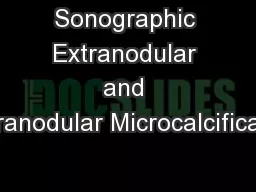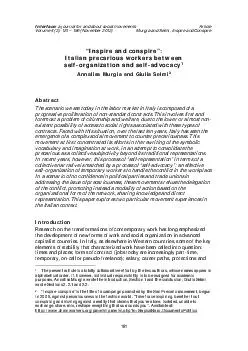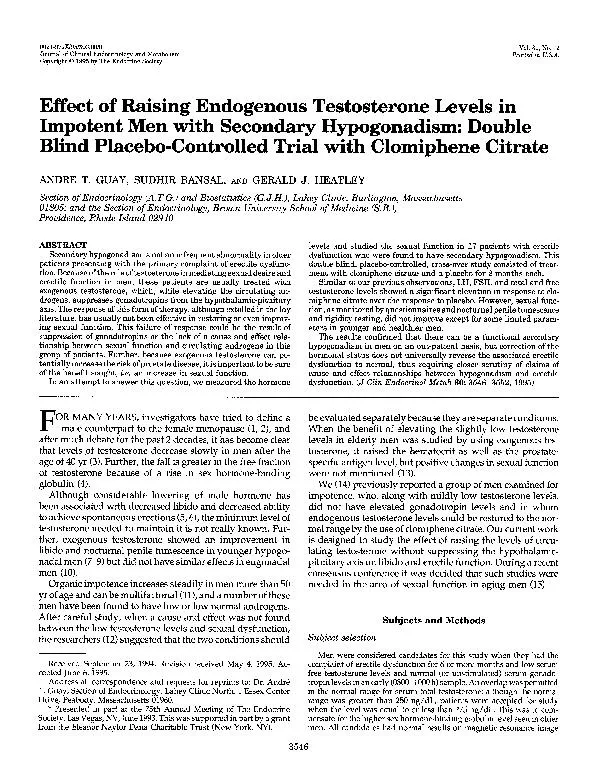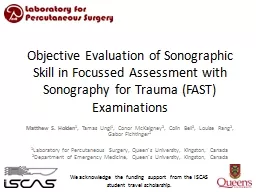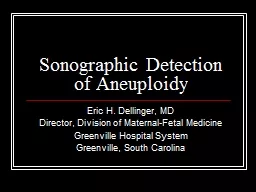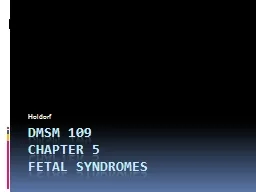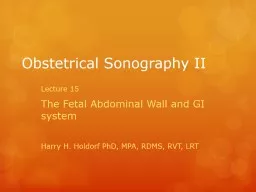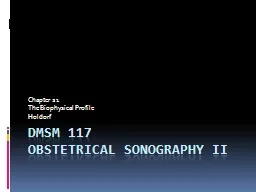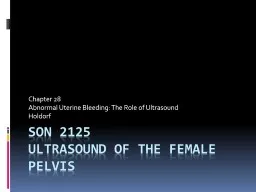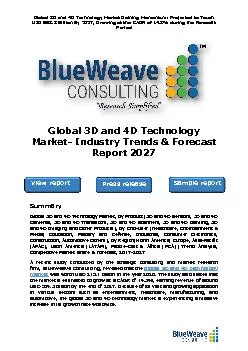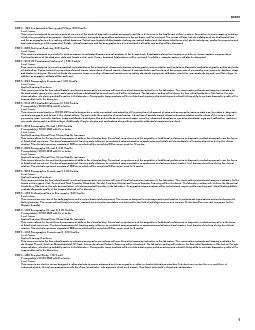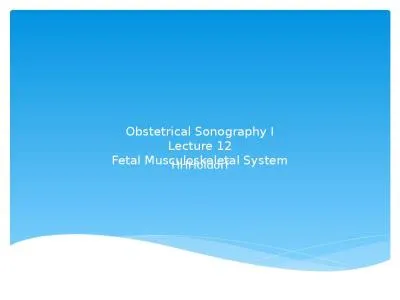PPT-Sonographic Extranodular and Intranodular Microcalcificatio
Author : faustina-dinatale | Published Date : 2017-09-10
Nidhi Agrawal MD Valerie peck MD Division of endocrinology diabetes and metabolism New York university medical center CASE 31 yo F Referred to our clinic with
Presentation Embed Code
Download Presentation
Download Presentation The PPT/PDF document "Sonographic Extranodular and Intranodula..." is the property of its rightful owner. Permission is granted to download and print the materials on this website for personal, non-commercial use only, and to display it on your personal computer provided you do not modify the materials and that you retain all copyright notices contained in the materials. By downloading content from our website, you accept the terms of this agreement.
Sonographic Extranodular and Intranodular Microcalcificatio: Transcript
Download Rules Of Document
"Sonographic Extranodular and Intranodular Microcalcificatio"The content belongs to its owner. You may download and print it for personal use, without modification, and keep all copyright notices. By downloading, you agree to these terms.
Related Documents

